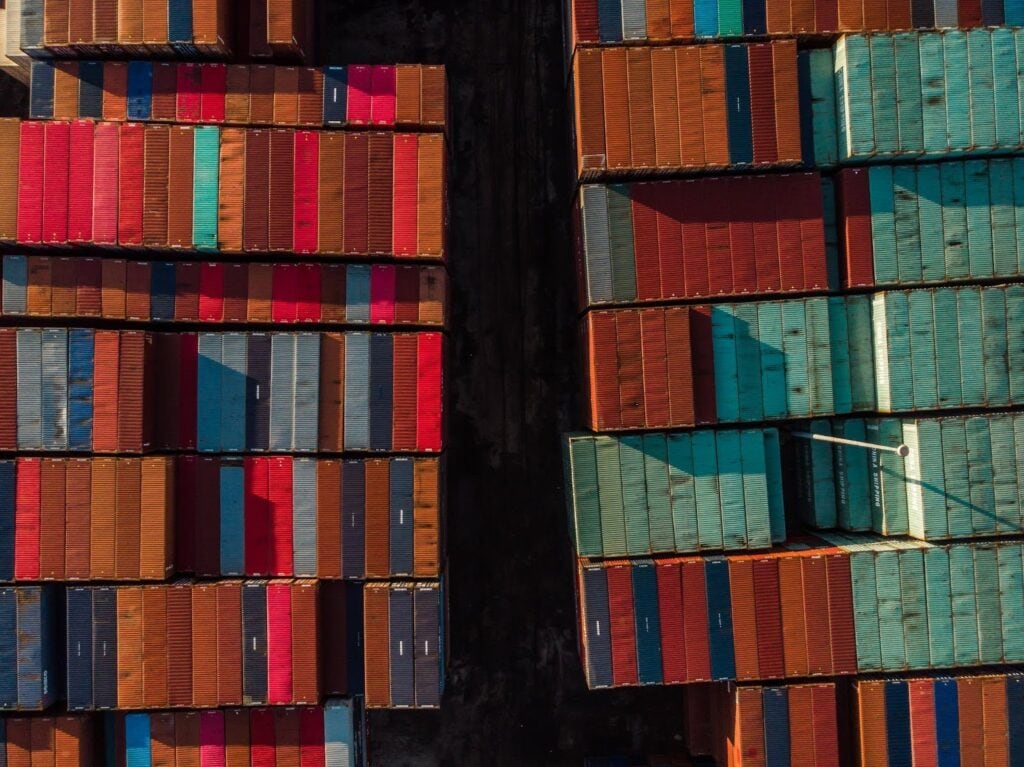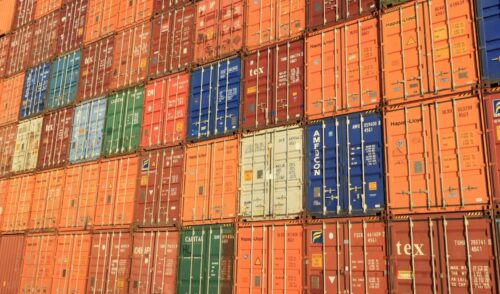FCL: Meaning, Importance, and Key Characteristics

Understanding FCL meaning and its significance in commercial shipping and logistics is essential for businesses engaged in international trade. By opting for FCL, businesses can enjoy cost savings, reduced handling, and greater control over their shipments.
Understanding the details of shipping terms and methods is paramount in the realm of commercial shipping and logistics. Among these terms, “FCL” holds significant importance. In this article, we will discuss the meaning, importance, and key characteristics of FCL, shedding light on its role in international trade and logistics.
What is FCL?
One shipper dedicates an entire container to a single consignment in Full Container Load (FCL) shipping. It means one party fills the container with goods and is not shared with other shippers, unlike in Less than Container Load (LCL) shipments, where pack multiple consignments into a single container.
The Importance of FCL in Commercial Shipping
FCL is really important in business shipping, especially for international trade. It helps things run smoothly by giving each shipment its own container. This makes shipping faster and more organized, getting goods from where they start to where they need to go without any problems.
Key Characteristics of FCL Shipments

FCL shipping stands out due to several key characteristics that make it a preferred choice for many businesses:
- Container sizes: FCL shipments can utilize various container sizes, including standard 20-foot and 40-foot containers, as well as high cube containers for goods requiring extra vertical container space.
- Shipment volumes: FCL shipments are ideal for transporting large volumes of goods, making them cost-effective for businesses dealing with significant quantities of merchandise.
- Goods shipped: FCL is suitable for a wide range of goods, including perishable items, machinery, electronics, consumer goods, and even hazardous materials.
People know FCL shipments for their versatility in container sizes, suitability for large volumes, secure transportation of various goods, and minimal handling, making them a reliable choice for international businesses.
Advantages of FCL Shipping
Choosing FCL for shipping large volumes of goods offers several advantages:
Cost Efficiency
FCL shipping can be more cost-effective than LCL, especially for businesses shipping large quantities of goods regularly.
Reduced Handling
With FCL, they load and unload goods less frequently compared to LCL shipments, reducing the risk of damage and streamlining the shipping process.
Lower Risk of Damage
FCL shipments are less susceptible to damage since goods are packed and secured within a dedicated shipping container, minimizing the handling of individual items.
FCL is making it a preferred choice for businesses transporting large volumes of goods internationally.
When to Choose FCL Over LCL

Choosing between FCL and LCL depends on various factors, including shipment size, cost considerations, and delivery timelines.
Shipment Size
If you’re shipping a large volume of goods via ocean freight, FCL is often the better option. With FCL, you get to use an entire container exclusively for your goods, which is more cost-effective and efficient than sharing space in a FCL container with other shipments in LCL.
Cost Considerations
While FCL may seem more expensive upfront because you’re paying for the entire container, it can be more cost-effective for larger shipments. The cost per unit decreases as the volume of goods increases.
Delivery Timelines
If you have strict delivery timelines or time-sensitive shipments, FCL can offer faster transit times than LCL. Since FCL shipments usually involve fewer stops and handling procedures, they often reach their destination more quickly, ensuring timely delivery of your goods.
In summary, opt for FCL over LCL when you have a large shipment size, want to minimize costs in the long run, and need faster delivery timelines for your goods.
To learn more, see our full guide on LCL.
The Process of Booking an FCL Shipment
Booking an FCL shipment involves several simple steps:
- Selecting a Container Size: Choose the appropriate container size based on the volume and nature of your goods. Options typically include 20-foot and 40-foot containers.
- Preparing the Goods: Ensure your goods are properly packed and secured for transit to prevent damage during shipping.
- Finalizing the Shipping Contract: Complete the necessary paperwork and agreements with the shipping carrier, including details about pick-up, delivery, and insurance.
- Arranging Transportation: Coordinate with logistics providers to transport the container from your location to the destination port.
In summary, booking an FCL shipment involves selecting a container size, preparing the goods, finalizing the shipping contract, and arranging transportation.
Cost Factors in FCL Shipping
The cost of FCL shipping encompasses several elements, including container fees, port charges, and transportation costs.
Users incur container fees for container use, with prices varying based on container size and type. Port charges cover services such as loading and unloading the container at the port of departure and destination. Plus, transportation costs can vary depending on distance and mode of transportation.
FCL in Different Industry Sectors
Various industry sectors utilize FCL, including:
Manufacturing
Manufacturers often rely on FCL to transport raw materials, components, and finished products between production facilities and distribution channels.
Agriculture
Agricultural producers use FCL to ship bulk commodities such as grains, fruits, and vegetables to domestic and international markets.
Retail
Retailers leverage FCL to import merchandise from overseas suppliers, ensuring timely delivery and cost-effective transportation.
Challenges and Solutions in FCL Shipping
Here’s a brief look at common hurdles faced in FCL shipping and practical solutions to overcome them.
Logistical Complexities
FCL shipping can face logistical hurdles like coordinating loading and customs clearance. Solutions include better communication, advanced tracking tech, and working with an experienced freight forwarder.
Customs Regulations
Meeting customs requirements can lead to delays and costs. Solutions involve accurate paperwork, obtaining permits, and staying updated on regulations. Customs brokers can provide valuable assistance.
Container Availability
Limited containers, especially in peak seasons, can be an issue. Solutions include advanced planning, maintaining good relationships with carriers, considering alternative routes, and optimizing container utilization.
The Future of FCL in Global Trade
The future of FCL in global trade is promising, with advancements in technology and changes in trade patterns driving innovation and efficiency in the shipping industry.
As e-commerce continues to flourish and supply chains become more interconnected, FCL will remain a cornerstone of international logistics, facilitating the movement of goods across borders with speed and reliability.
Conclusion
Understanding FCL meaning and its significance in commercial shipping and logistics is essential for businesses engaged in international trade. By opting for FCL, businesses can enjoy cost savings, reduced handling, and greater control over their shipments.
As the shipping industry evolves, staying informed about FCL and a shipping method is important for effectively navigating the complexities of global trade. For expert assistance with your logistics needs, don’t hesitate to contact Inbound Logistics today.
